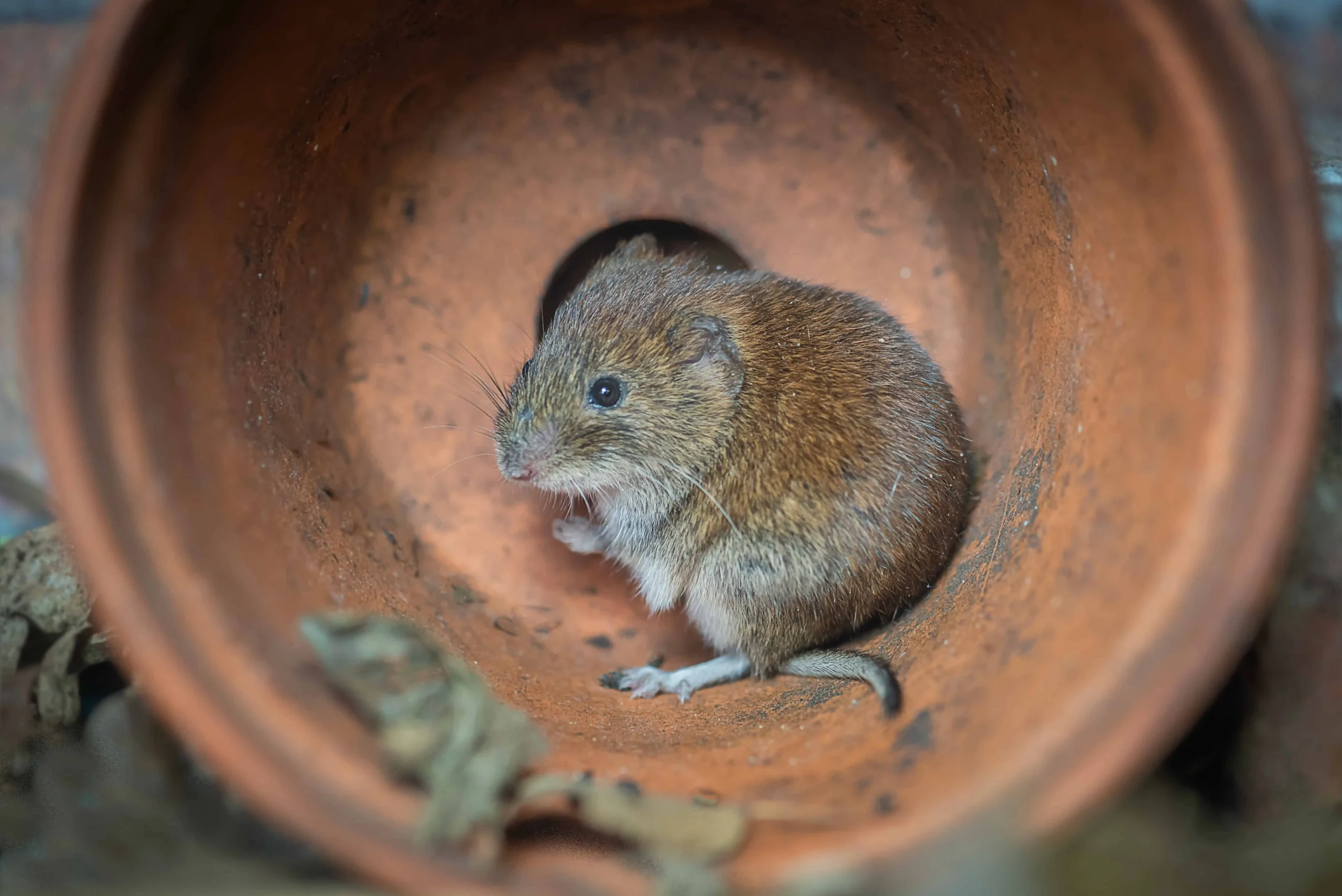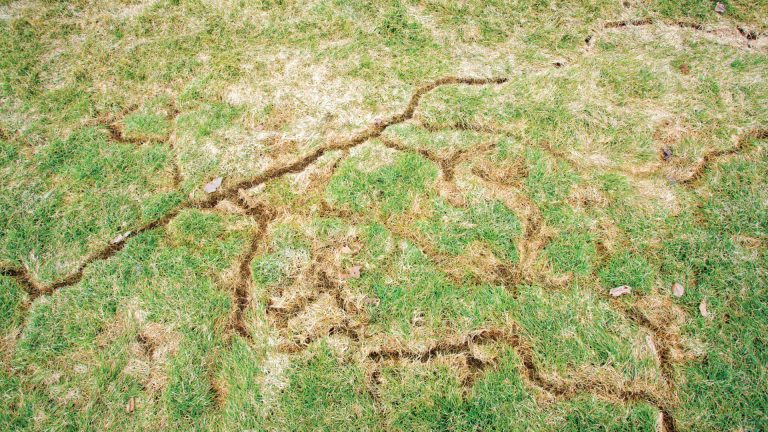Vole Control Tips to Preserve Your Lawn and Gardens
Vole Control Tips to Preserve Your Lawn and Gardens
Blog Article
Mastering Vole Insect Control: Thorough Insights on Infestation Prevention and Therapy Strategies
By identifying the subtle indications of vole infestation early on, we can take positive actions to protect against extensive damages. In this discussion, we will discover the subtleties of vole habits, delve into the identification of infestation indicators, and uncover the most efficient avoidance and therapy methods.
Understanding Vole Actions
Checking out the foraging patterns of voles offers beneficial insights right into their habits and habitat choices. By observing their foraging habits, researchers can get a better understanding of where voles choose to develop their habitats and the degree of their ecological influence.
Study indicates that voles exhibit selective feeding habits, favoring seeds, origins, and bulbs. This dietary preference influences their foraging patterns, leading them to areas rich in greenery and ground cover. Additionally, voles are known to create elaborate passage systems for foraging and nesting functions, suggesting a high level of adaptability to their environments.
Understanding vole habits is necessary for executing targeted parasite control procedures that disrupt their habitat choices and foraging tasks (vole yard damage). By studying their habits, specialists can develop a lot more reliable avoidance and therapy techniques to handle vole infestations

Identifying Indications of Vole Problem
Vole invasions can be spotted by acknowledging specific signs of their visibility in an area. One of one of the most usual signs of a vole invasion is the visibility of surface area runways. Voles develop networks of narrow pathways on the ground that are typically around 2 inches large. These paths are often discovered in grassy areas or below mulch or ground cover where voles can move openly and look for food.
Another key indicator of vole problem is the existence of little burrow openings in the ground. Voles dig shallow burrow systems with multiple entrances and exits. These burrows act as sanctuary and nesting sites for the voles. Additionally, voles are known to leave eaten plant stems, roots, and light bulbs near their burrow openings, suggesting their feeding activity in the location.
Discovering these droppings along runways or near burrow openings can validate a vole infestation. By being vigilant for these signs, residential or commercial property proprietors can immediately address vole infestations and avoid more damage.
Implementing Proactive Prevention Measures

Furthermore, utilizing all-natural vole deterrents like castor oil-based repellents or killer urine can function as reliable safety nets. It is also advisable to consistently examine outdoor spaces for any indications of vole task, such as paths or delve openings, to attend to possible problems without delay. vole yard damage. By taking on these aggressive avoidance methods, homeowner can substantially decrease the likelihood of vole damages and preserve the health and you could try these out wellness and looks of their landscapes
Efficient Treatment Approaches
Integrating targeted trapping approaches and using approved rodenticides are crucial elements of reliable treatment methods for taking care of vole invasions. Trapping can be a reliable method to minimize vole populaces, specifically when put tactically in their active paths. Snap catches and live catches can both be effective, with the last permitting the capture and moving of voles. When using rodenticides, it is vital to adhere to security guidelines to avoid harm to non-target animals and family pets. Location rodenticides in safe bait terminals to minimize risks to unintended targets. In addition, habitat adjustment, such as reducing ground cover and eliminating resources of food, can aid discourage voles from infesting an area. Regular surveillance and upkeep are also vital facets of effective treatment methods to guarantee that vole populations are kept under control. By integrating trapping, rodenticides, habitat alteration, and regular tracking, effective vole pest control can be attained.
Surveillance and Upkeep Tips
Regular surveillance enables for the early discovery of vole activity, allowing punctual intervention before problems aggravate. To successfully check vole populaces, tactically put traps can be used in vole runways or near burrow entries.
Additionally, maintaining a neat and clean landscape is essential in vole avoidance. Clearing up away particles, such as piles of wood or thick greenery, eliminates possible vole environments. Regularly trimming discover this info here lawns and cutting vegetation assists lower vole hiding spots and lessens their access to food sources.
Moreover, recurring upkeep of physical obstacles, such as fencings or wire mesh, is important to stop vole invasion. Evaluating and fixing any problems to these frameworks makes certain that vole control continues to be reliable in securing buildings from problems. By integrating these tracking and maintenance techniques into a comprehensive vole insect control strategy, individuals can efficiently manage vole populations and protect their residential or commercial properties from damages.
Final Thought
Finally, understanding vole bug control needs a strong understanding of vole habits, the ability to recognize signs of infestation, carrying out positive avoidance procedures, effective treatment strategies, and constant monitoring and maintenance. By taking a thorough technique to vole control, people can successfully take care of and avoid problems, eventually shielding their home and bordering setting from damages triggered by these little rats.
In this conversation, we will certainly explore the nuances of vole habits, dig right into the recognition of infestation signs, and discover the most efficient prevention and therapy techniques.Integrating targeted capturing approaches and making use of approved rodenticides are necessary parts of efficient therapy strategies for taking care of vole problems. like this To successfully keep track of vole populations, purposefully positioned traps can be used in vole runways or near burrow entries. Checking and repairing any kind of damages to these frameworks makes sure that vole control remains effective in guarding buildings from problems. By incorporating these surveillance and upkeep practices right into a detailed vole pest control plan, people can successfully manage vole populaces and safeguard their residential or commercial properties from damages.
Report this page